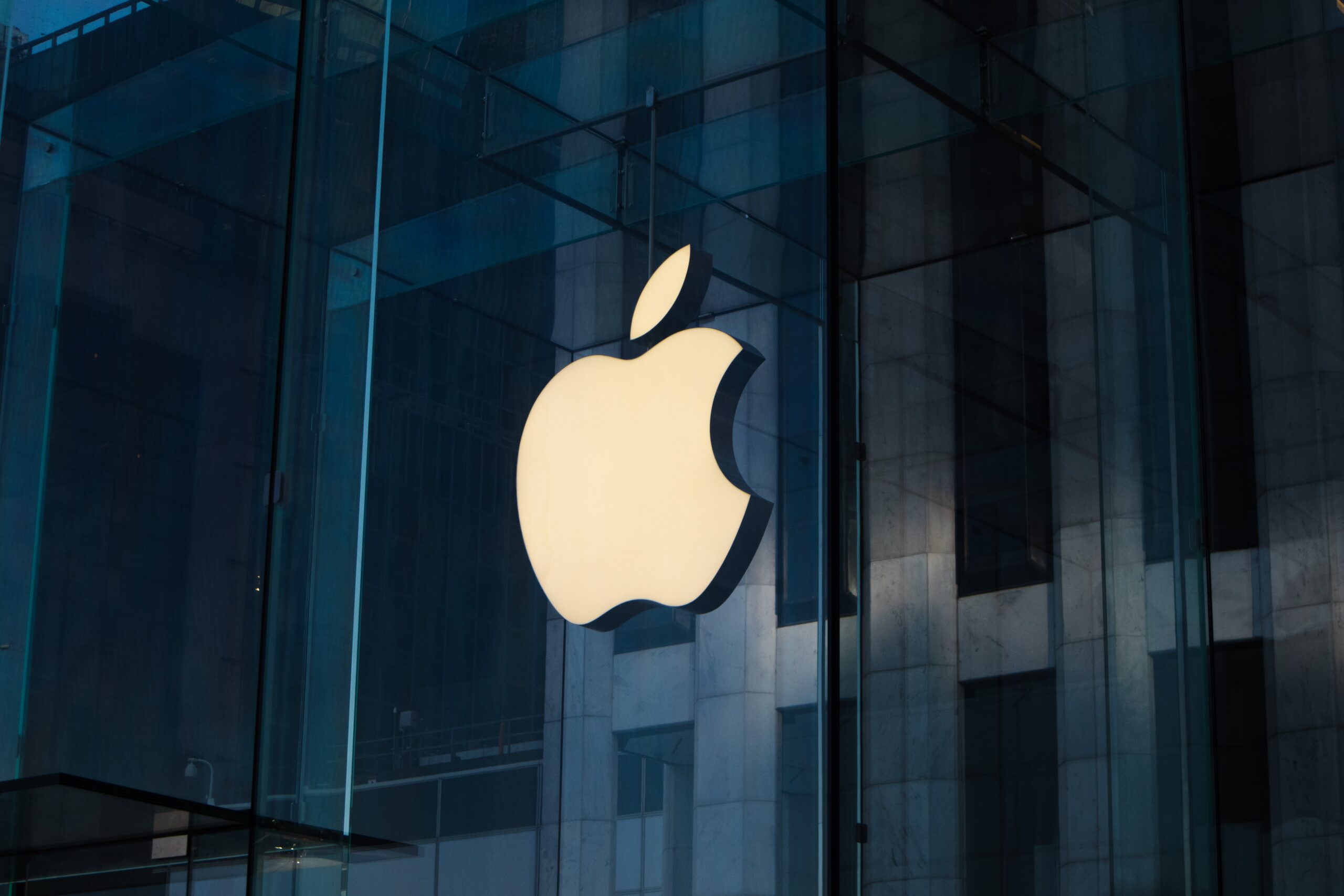From Chips to Code: How Apple’s Silicon is Shaping App Development

Chapter 1: The Beginning of Apple’s Silicon Era
In June 2020, Apple announced a significant shift in its hardware strategy, moving away from Intel processors to its own custom-designed silicon chips. This announcement marked the beginning of a new era for Apple, one that would see the company take full control of its hardware and software, allowing for greater innovation and performance.
The move to Apple silicon was not unexpected, as the company had been developing its own processors for years, starting with the A4 chip in the original iPad. However, the decision to transition the entire Mac product line to Apple silicon was a bold move that would fundamentally change the landscape of app development.
Chapter 2: The Impact on App Development
The transition to Apple silicon has had a profound impact on app development, both for Apple’s own apps and for third-party developers. One of the most significant changes is the introduction of the M1 chip, which has been designed specifically for the Mac. The M1 chip features a unified memory architecture, allowing for faster data transfer between the CPU, GPU, and other components. This, in turn, has led to significant performance improvements for apps running on Apple silicon Macs.
Apple has also introduced new tools and frameworks for developers, such as the Universal App Quick Start Program and the App Development with Swift curriculum. These resources are designed to help developers create apps that can run natively on both Intel and Apple silicon Macs, ensuring a smooth transition for users.
Chapter 3: The Benefits of Apple Silicon for Developers
The move to Apple silicon has brought several benefits for developers. Firstly, the unified memory architecture of the M1 chip allows for faster and more efficient data processing, leading to improved performance and reduced power consumption. This, in turn, can result in longer battery life for Macs running on Apple silicon.
Secondly, the introduction of the Neural Engine in the M1 chip has opened up new possibilities for developers working on machine learning and artificial intelligence applications. The Neural Engine is designed to accelerate machine learning tasks, making it easier for developers to incorporate AI features into their apps.
Finally, the transition to Apple silicon has provided developers with a more consistent hardware platform, allowing them to focus on creating innovative apps without worrying about compatibility issues between different generations of Intel processors.
Chapter 4: The Challenges Facing Developers
Despite the benefits of Apple silicon, there are also challenges facing developers during this transition period. One of the most significant challenges is the need to update existing apps to run natively on Apple silicon Macs. This process can be time-consuming and may require significant changes to the codebase.
Another challenge is the need to support both Intel and Apple silicon Macs during the transition period. While Apple has provided tools and resources to help developers create universal apps, there may still be cases where developers need to maintain separate versions of their apps for each platform.
Finally, there is the challenge of ensuring that apps continue to perform well on both Intel and Apple silicon Macs. As developers update their apps to take advantage of the new features and capabilities of Apple silicon, they must also ensure that their apps remain compatible with older Intel-based Macs.
Chapter 5: The Future of App Development on Apple Silicon
As the transition to Apple silicon continues, it is clear that this shift will have a lasting impact on the app development landscape. The introduction of new tools and frameworks, such as the Universal App Quick Start Program and the App Development with Swift curriculum, will help developers create innovative apps that take full advantage of the capabilities of Apple silicon.
In addition, the continued development of the Neural Engine and other AI-focused features will open up new possibilities for developers working on machine learning and artificial intelligence applications. As Apple continues to invest in its custom silicon chips, it is likely that we will see even more impressive performance gains and new features in the years to come.
In conclusion, the move to Apple silicon has been a significant shift for the company and for app developers. While there are challenges to overcome during this transition period, the benefits of Apple silicon are clear, and it is likely that we will see continued innovation and growth in the world of app development on Apple’s custom silicon chips.




